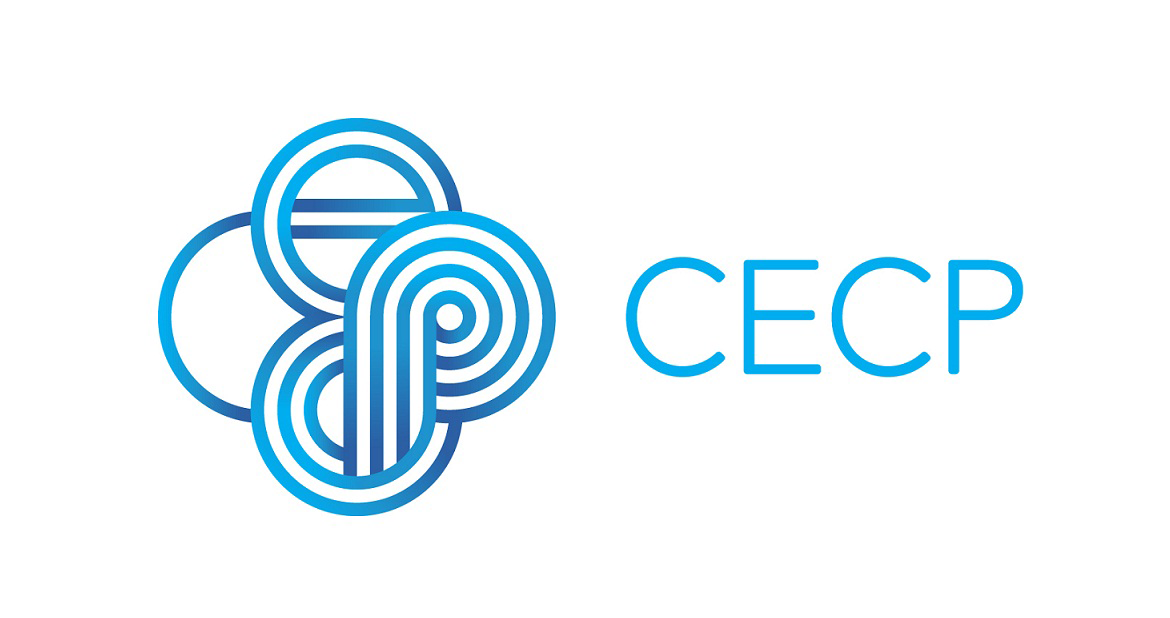It’s Clear, Social Investment Drives Business Value
What companies need to know: The latest from CECP’s ESG Corporate Scorecard

It’s Clear, Social Investment Drives Business Value
The blog post was co-authored by André Solórzano, Manager, Data Insights CECP and Daniel Vitaletti, Data Insights Intern, CECP
A myth has long lingered in the private sector- the bottom line can only be driven by company-centered investments and business strategy. Today, however, the conversation has shifted from company-centered to stakeholder-centered, from bottom-line to triple-bottom line. And as CSR becomes more deeply integrated into core business strategy, a clear fact is emerging: Profit and Purpose should NOT be divorced. In fact, the opposite is true: These two make a power couple for companies seeking to be industry leaders.
Why is this so? A market in which social innovation and impact are no longer buzz words has emerged, with winners recognizing that integrating corporate value into corporate strategy is good business sense. These are key considerations in consumer choice and purchasing behavior and are therefore inextricably linked to business value. A study from Nielsen reported that 66% of global consumers say they’re willing to pay more for sustainable brands. In increasing numbers, consumers want to know that their products and services are sustainably sourced, that companies are leveraging their power for social good, and corporate governance is fair and equitable.
Leading companies are recognizing the difference- those making a focused effort to leverage their assets for positive societal impact yield higher cumulative returns than less engaged competitors. CECP’s latest Environmental, Social, and Governance (ESG) Corporate Scorecard shows that in Fiscal Year 2015, CECP-affiliated companies with robust ESG efforts outperformed non-affiliated companies on the most relevant measures of financial performance. CECP companies make a sustained commitment to using business as a force for good and are being rewarded for their efforts.
The ESG Corporate Scorecard measures a company’s ESG impact (Social Value) and weighs this against its Financial Performance (Business Value) on an annual basis. In FY 2014 and 2015 alone, Revenues, Pre-Tax Profits, and EBITDA (in US$ Billions) were approximately twice as high among CECP-affiliated companies. Market Capitalization was three times higher than non-affiliates.
Remarkably, the ESG performance among CECP-affiliated companies was consistent in the last two Fiscal Years (2014 and 2015):
- Environmental: CECP-affiliated companies reported less Water Usage (a difference of up to 2.01 million cubic meters) and less Total Waste (a difference of up to 15.4 million metric tons), while non-affiliated companies saw double the rates of Greenhouse Gas Emissions (in millions of metric tons).
- Social: Employee turnover was 3.6% higher among non-affiliated companies, while Total Giving was two times higher among affiliated companies.
- Governance: Affiliated companies reported greater diversity on their board of directors, with 23% indicating a growing presence of Women on Boards. Among affiliates, there were twice as many instances of ESG Linked to Bonus and active CSR/Sustainability Committees.
One of the most compelling insights is that there are clear year-over-year trends impacting the bottom line. From FY 2014-2015, there was an increase in Revenues, Price Earnings Ratio, and Market Capitalization among CECP-affiliated companies. In contrast, there was a higher decline in Pre-Tax Profits (-8.9%) and EBITDA (-8.0%) among non-affiliated companies.
One possible explanation for this is when comparing Fiscal Year 2015 vs. 2014 (YoY), affiliated companies decreased their environmental footprint, increased their social impact, and improved their corporate governance. This was not necessarily true of non-affiliated companies, which may not directly see the gains of converging Profit and Purpose. Greenhouse Gas Emissions and Water Usage increased by 44.7 thousand metric tons and 72.5 thousand cubic meters, respectively, among non-affiliates. Employee Turnover increased by 3.2 percentage points. Total Giving increased marginally by $1.4 million, trailing the increase of $2.1 million among affiliated companies. The number of CSR/Sustainability Committees increased modestly by 0.6 percentage points, also trailing the 1.8 percentage points increase among CECP-affiliates. In short, purpose matters. And CECP’s findings support the belief that Purpose drives Profit.
The ESG Corporate Scorecard also offers useful guidelines for companies seeking to make a greater societal investment and scale business value. Companies attempting to implement ESG metrics can use the Scorecard as a framework and benchmark for their own efforts, and make adjustments as they see results.
Companies can and should shift their core strategy to include greater societal investment. To be competitive in today’s market it is critical to allow both purpose and profit to share the spotlight.
Click here to read a Corporate Performance 2015 Snapshot with key ESG and financial performance metrics for the world’s largest companies. Tweet about your ESG accomplishments over the course of the last couple of years @CECPTweets and reshape the way the corporate world cohabitates with the environment, society, and its employees and shareholders.
Sources: Giving in Numbers: 2016 Edition data from CECP, in association with The Conference Board, and Bloomberg Terminal

